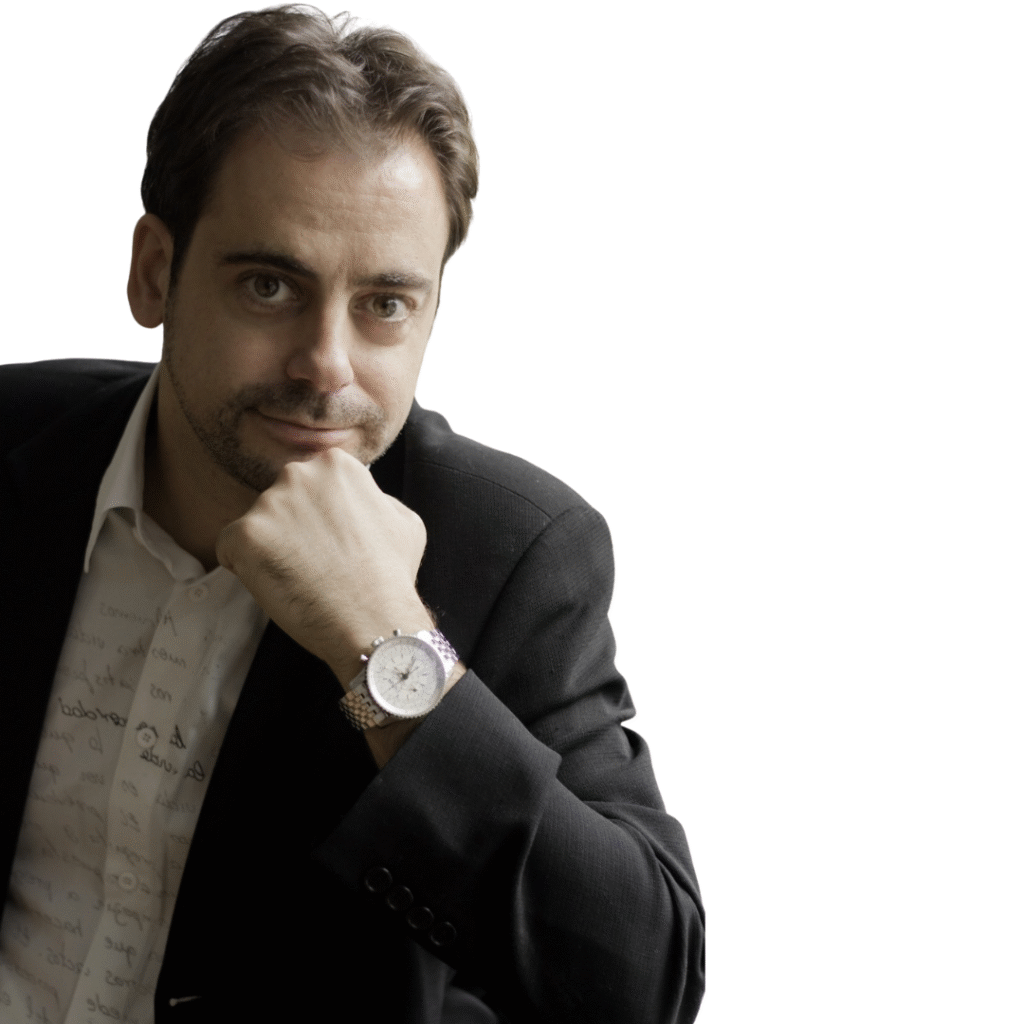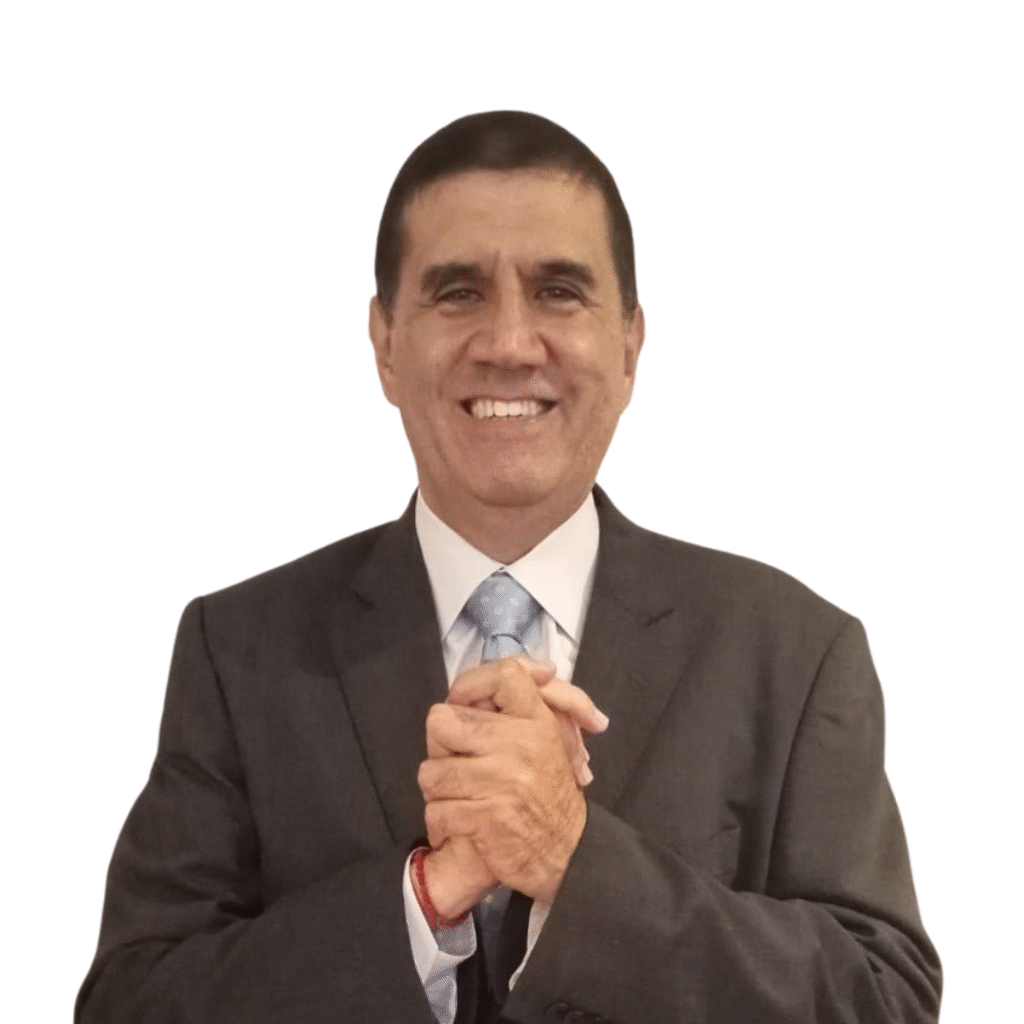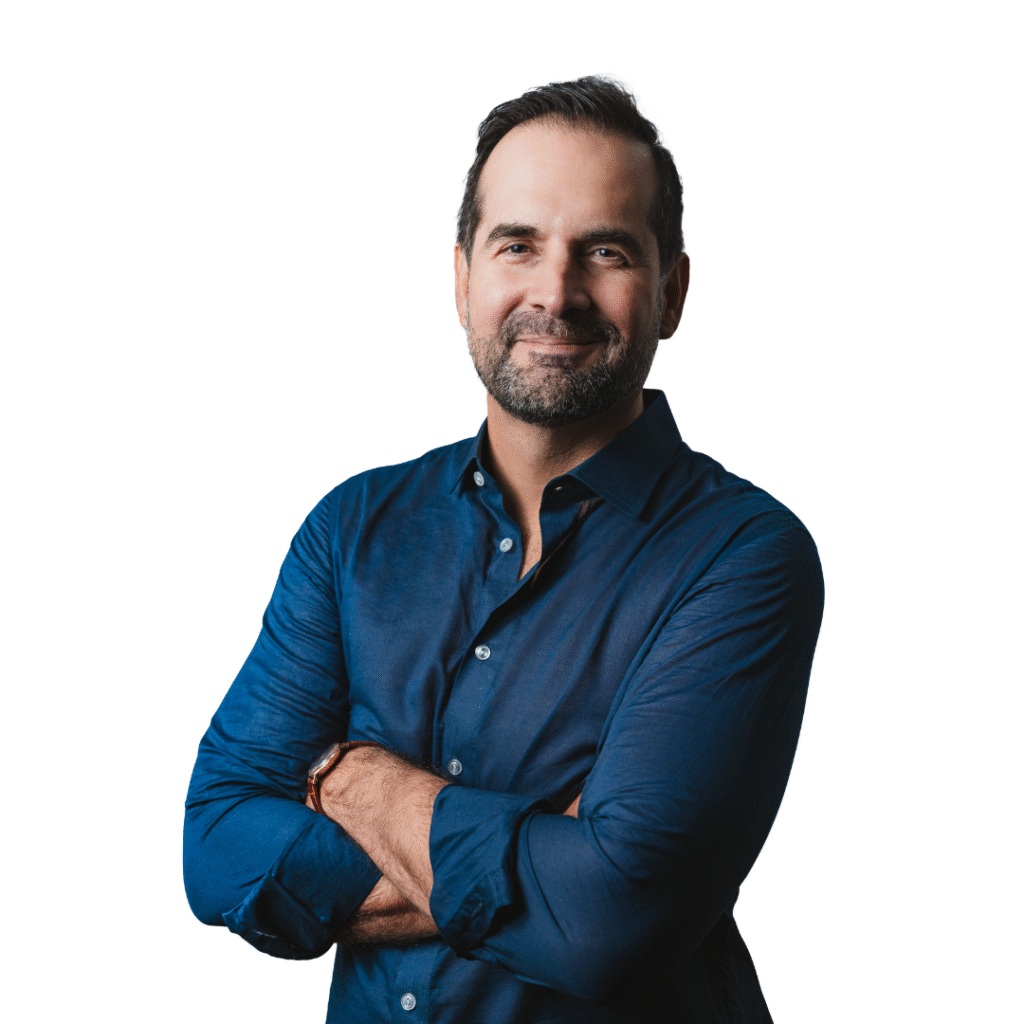Every time we close one cycle and begin the next, we feel a certain euphoria: schedules to be designed, dreams to be outlined, promises floating in the air. But what happens when that initial excitement meets the reality of everyday life? Wellness and happiness management expert Pedro Amador tells us how to turn planning into a true and adaptable tool, capable of guiding you firmly without imprisoning your freedom.
Pedro immediately dismantles the illusion of two opposing models. At one extreme, living without a map is like floating at the mercy of the current: every surprise—a turn at work, a setback in your health—becomes a gale. At the opposite extreme, planning every detail offers the false promise of total control, although it closes off the possibility of reacting swiftly. The challenge lies in navigating between both extremes, choosing the middle ground that best suits your personal circumstances.
To find that balance, it is essential to start from a solid foundation: honestly identifying what we need. In material terms, it’s about quantifying the bare minimum necessary to sustain our daily lives: shelter, food, and basic needs. This numerical figure is the foundation that cushions any economic storm.
But well-being isn’t built on numbers alone. Recognizing emotional needs—an inspiring conversation, a walk to clear your mind, a moment of reading—is as essential as planning essential expenses. Both dimensions, the practical and the emotional, require a defined place in our plan, as a full life is woven from both threads.
Once these contours are drawn, Pedro suggests looking back, comparing what was planned with what happened. Reviewing deviations works like studying the stars before setting sail: every mistake brings learning, and every success, a light that points the way. This practice, he insists, should be repeated with some regularity to adjust the rudders without rushing.
To illustrate this process, we recommend using the “life map,” an expanded version of the wheel of life in Excel format. By honestly scoring areas such as health, finances, relationships, and personal growth, you get a detailed portrait of your current situation. Comparing it with previous measurements allows you to observe your progress and decide where to direct your focus.
Authentic planning integrates the rational and the emotional. It’s not enough to jot down numbers if we then ignore the whisperings of the heart. Similarly, surrendering only to the desire of the moment without anticipating consequences ends in frustration. True art lies in sustaining both perspectives, with the flexibility of a tree that sways without breaking and the solidity of its roots sunk deep in the earth.
Key Actions for Honest Planning
To turn these ideas into habits, incorporate the following steps into your routine:
- Define your basic needs
Calculate the minimum monthly expenses to cover housing, food, and essential commitments. Use this amount as a reference before taking on new goals. - Recognize your emotional needs
Choose at least two weekly activities that nourish your inner well-being (a meaningful phone call, a walk outdoors, or a moment of reading) and set aside real space in your schedule. - Establish an emergency cushion
Set aside a percentage of each extra income to a backup fund. Having one to three months of basic expenses will give you peace of mind when faced with the unexpected. - Review your progress regularly
Set aside one day a month to compare your current situation with your plan: identify deviations and document lessons learned to adjust your plan. - Use the life map
Download the free template, honestly evaluate each vital area, and repeat the measurement every six to twelve months to visualize your progress. - Adjust without guilt
When you notice that certain goals are no longer resonating or are becoming too rigid, rethink deadlines and priorities with the awareness that adapting is an act of self-care.
Closing this cycle of “plan, review, and adjust” requires honesty with yourself. Admitting that you didn’t achieve a goal isn’t giving up, but learning. As in the gym where the scale is your ally to gauge your effort, here periodic comparison is the compass that guides your inner journey.
Beginning a new stage doesn’t require grand gestures of perfection, but rather a commitment to sincere observation and respect for your own needs. By harmonizing your material resources with your emotional desires, planning becomes a living map: flexible, authentic, and at the service of your growth.
Watch the complementary episode “Planning Without Deceiving Ourselves: Keys to Well-being” on our YouTube channel https://youtu.be/oT6xjDtoecA


